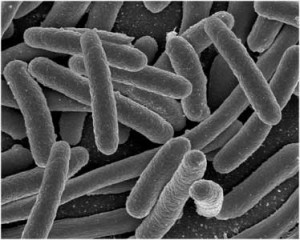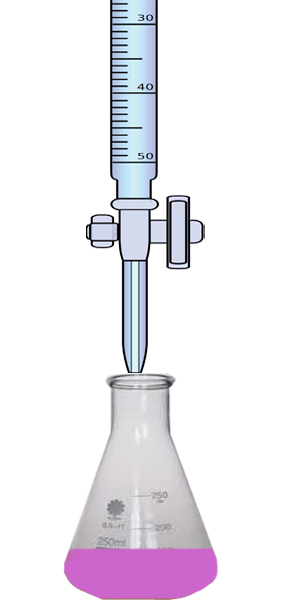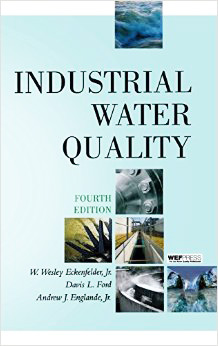What is coliform bacteria
Coliform bacteria are single-celled organisms that are present in the environment such as rivers, lakes and streams and as well as all warm-blooded animals like human. The structure of them is rod-shaped, gram-negative and non-spore forming bacteria. Coliform bacteria can be explained in this way that; it can ferment lactose into acid and gas at 35–37°C. The majority of the coliform bacteria are harmless and certain are harmful. But it is important that it represent the disease-causing organism such as viruses and protozoans might be present in the water. Since both of the organisms come from same sources. Moreover it does not always indicate that pathogenic microorganisms are also present in the water because coliform bacteria can stay alive in tropical condition. However, it indicates that other microorganisms must be checked. The colifoarm bacteria can be classified into three groups or subgroups for example total coliform, fecal coliform and E. coli.
Total coliform Bacteria
The total coliform bacteria are a collection of large number of different types of bacteria in water or soil. Total coliform bacteria are used as the indicator for the source of water so that resolve the problem. If only the total coliform bacteria are present in water and fecal coliform bacteria are absent; it indicates that the source is probably environmental (portable water).
Fecal coliform bacteria
Fecal coliform bacteria are a sub-group of total coliform bacteria that are contamination by warm-blooded animals. If fecal coliform bacteria are present, it indicates that the contamination occur recently. It is larger threatened for human. Moreover it can reduce dissolved oxygen of water which is undesirable for aquatic life. Fecal coliform bacteria test is one of the important water quality tests in many development countries as like USA.
E. coli bacteria
E. coli bacteria are a sub-group of the fecal coliform bacteria that are found in large amount in the intestines of people and warm-blooded animals. Although most of E. coli (Escherichia coli) bacteria are safe but some of them can cause disease; particularly the strain 0157:H7. If these bacteria are present in water, it indicates recent fecal contamination. It means there is a potential health problem creating pathogens are present. This organism can create some disease for example meningitis, dysentery, typhoid, urinary tract, septicemia, hepatitis and intestinal infections.
How can destroy coliform bacteria
Coliform bacteria are used to study, how the contamination obtained into the water so that eliminate any probable sources. Coliform bacteria can destroy by boiling or treating contamination water including harmful 0157:H7 E. coli bacteria.


